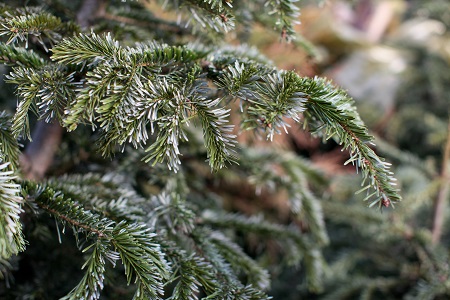Parts of the western United States have been battling drought for years. Largely, this prolonged dryness has reduced pasture productivity and caused producers to lower their cowherd inventories.
Other areas like eastern Kansas, Nebraska and South Dakota have recently received abundant rainfall and even flooding in some places.
This unusual amount of moisture has created a different set of challenges for beef cattle production, said K-State beef cattle nutritionist Phillip Lancaster.
“We think rain is always good – and do not get me wrong, rain is good for grass and cattle – but ultimately, too much rain is bad,” he said. “The Goldilocks effect applies to this situation too; we need the right amount to thrive.”
For starters, the nutritive value of a given pasture diminishes greatly when experiencing excess rain, according to Lancaster.
“The forage in these situations tends to grow more rapidly,” he said. “Then plants start putting up seed heads and reach a mature state much earlier. The problem there is it becomes less digestible sooner than expected in the grazing season.”
“It feels counterintuitive because we expect them to be doing fantastic because we got a bunch of rain, but that is not the case,” said K-State veterinarian Brad White.
Grasses maturing early may affect a herd’s nutritional well-being and performance. Lancaster said monitoring a cowherd’s body condition score becomes even more important during these times.
“When this happens, cattle may start getting thinner quicker than normal. These thinner animals then wean off smaller calves and are less likely to breed back,” he said.
With lots of rain and mature pastures, cattle may need supplementation that they do not normally require. Producers may combat losses in flesh and condition with additional feeding strategies.
“If they are still nursing calves, producers can supplement them with additional feedstuffs, so they stay in better condition through late lactation,” Lancaster said. “They can also wait and expect to feed their cattle more in the fall due to those cows weaning calves off at a lower body condition score.”
Besides nutrition, plentiful rainfall impacts a cowherd’s health. More specifically, producers should expect to see a rise in foot rot cases.
“Foot rot-causing bacteria are always present in a pasture’s soil,” White said. “Those stemmy, mature grasses get caught between the toes, which is just soft skin, and then cut that area open.”
“As cattle stand in stagnant water, or flooded areas, the potential risk of foot rot greatly increases when they have those wounds,” he said.
To preserve the grass stands within a flooded pasture, Lancaster recommends that producers wait until the water has receded before turning cattle out.
“When soft ground gets a lot of hoof traffic, the grass will die quicker in that area,” he said. “Then we are going to have more weeds come in and pretty soon there are large areas of a pasture that are nonproductive.”
“Waterlogged grass and plants that have simply sat in standing water for too long get a yellow tinge and must experience some physiological recovery before they are healthy again and ready for grazing.”



